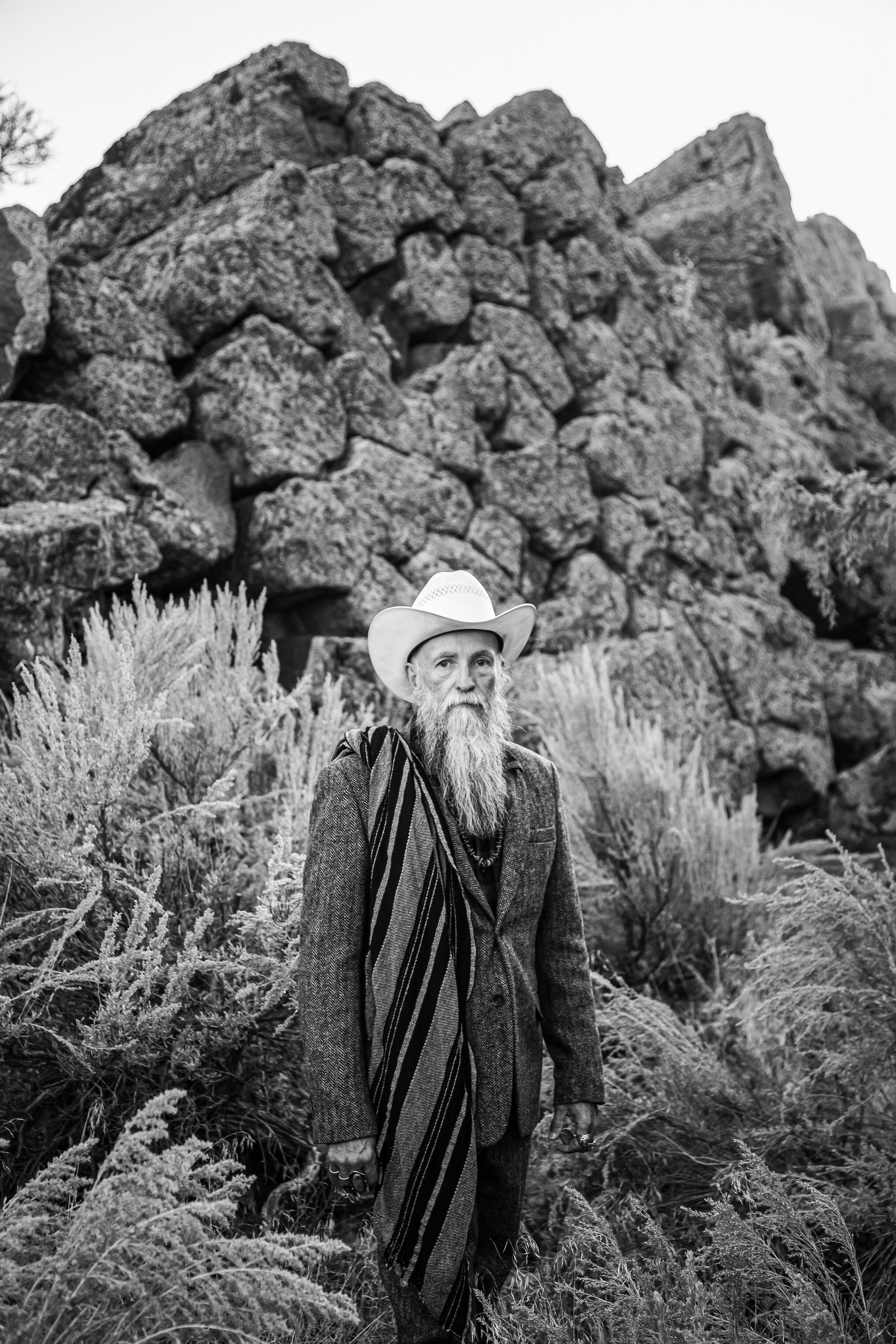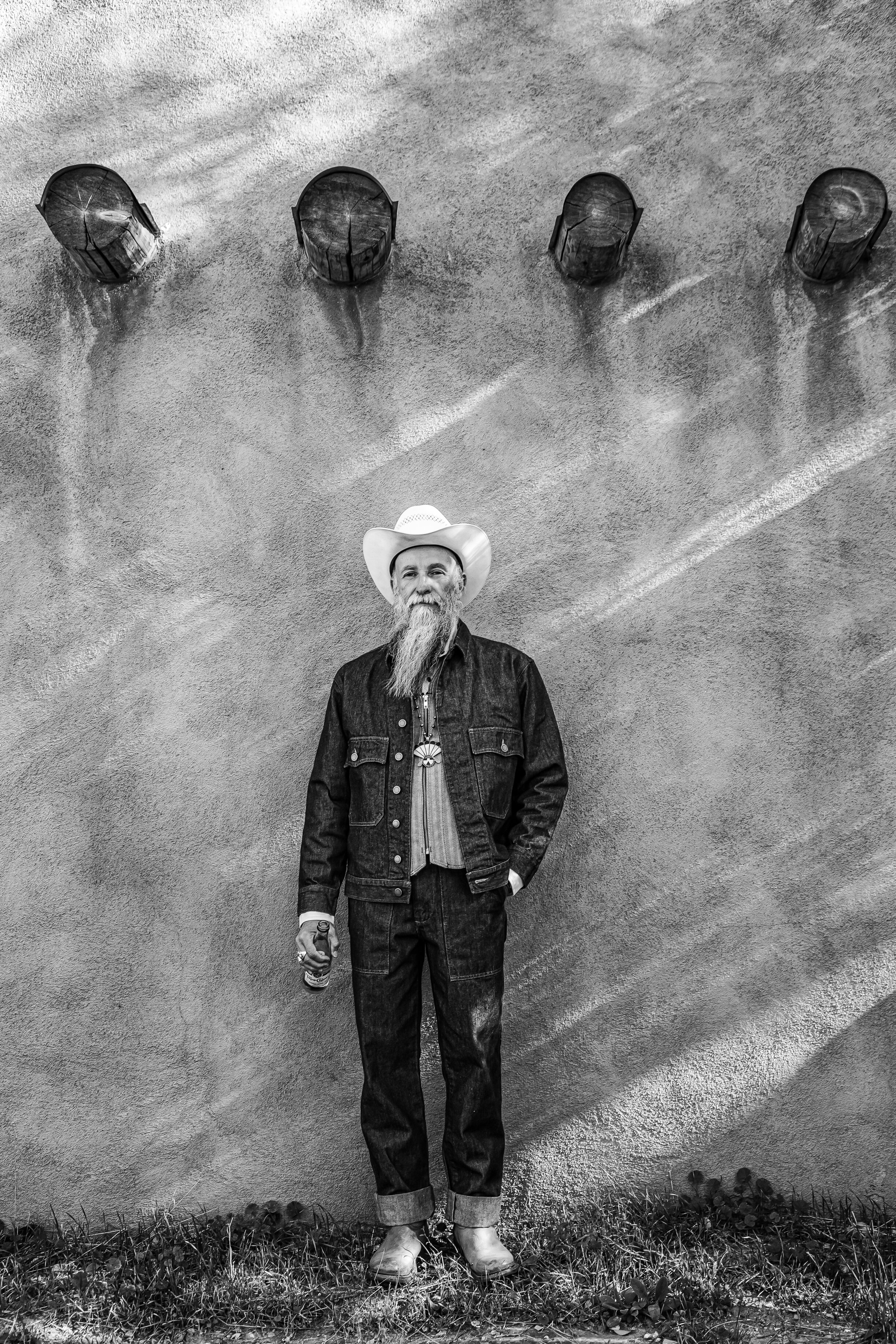Michael Rubin On Artistic Sensibility And The Importance of Consuming Less Product
SUSTAINABILITY
Head designer at Krammer & Stoudt on 70’s/80’s nostalgic influences and saying no to cheap slave labor fashion products.
10 MINS READ TIME
WORDS MARCUS RICHARDSON
PHOTOGRAPHY COURTNEY NEaRBURG
In a day and age where we are bombarded by content, we find ourselves constantly exposed to the newest trends in fashion while simultaneously and desperately seeking more. We long for fresh creative vision that tells a story and for unique, quality pieces that have history and intelligence.
As the menswear Creative director and Head Designer for Krammer & Stoudt, Michael Rubin has developed and expanded a brand that evokes nostalgia and strives to weave a picture of both the wild and romantic American lifestyle in every piece.
In this feature we get a glimpse inside the mind of Michael Rubin. Born in southern California, we learn about what it was like being a young creative on the west coast during the 70’s, how he discovered and developed his creative vision and where he plans to take the Krammer & Stoudt brand in the future.
MR: When and how did you start developing your creative roots?
MR: I was around art and music from a very young age because of my aunts and uncles. My aunt was an artist. She painted, collected sculpture from areas around Papua, New Guinea. She also had a large vinyl record collection which I began listening to. My uncle and his wife surfed in the early sixties. We all lived together in my grandparents house.
I sold my first drawings when I was 13. In the mid 70s when I was in high school, I worked in a surfboard factory doing airbrush art on surfboard blanks with car paints. My high school art teacher entered my watercolor paintings in local exhibits. While going to art school in San Francisco, I did some sculpture and painting for the San Francisco Opera house and some production companies. I eventually graduated from Cal Arts in California with a BFA. During and after college, I worked for Disney building props and doing scenic painting for their Art Department. When I became obsessed with watching a girl at the Disney facility who was sewing costumes, I started to think about making clothes.
MR: Does your work today embody aspects of your younger self. If so, in what way?
MR: Yes. We were all living a counter culture lifestyle as teenagers and into our twenties and thirties never really wanting to conform to mainstream society. I was always being more reactionary to the things around me I was interested in. To the point of alienation [laughs]. I felt my interests in art and music could be a good base to build a fashion brand upon. I just recently collaborated with the surfboard brand Rozbern in Asbury Park doing some airbrush art on their boards. They were part of the men’s day presentation here in New York this summer.
MR: When did you discover your passion for dressing?
MR: I used to look for unique things to wear from thrift stores in the late 1970s in California in relationship to the punk style and attitude. I was told I had a style of dressing, but never really thought about it. So I focused on what I was wearing and how I was styling myself with the clothes in my closet. That was the idea and starting point of creating something for the brand.
MR: Who or what impacted you most?
MR: As a teenager I was drawn to Rick Griffin’s surf comics and airbrush designs for the Pacific Vibrations movie posters. Later in art school, it was the German Expressionists of the 80’s and Performance artists of the 70’s that shaped my art sensibilities. Music of the late 60s, early 70’s rock and roll, early punk, and 80’s electronic music are things I listen to all the time while I’m working. They all possess a certain feeling and attitude that I relate to.
MR: How would you describe being a young creative in California in the 70’s-80’s and where would you be found on a day off ?
MR: It was easy to get out and live on your own. You could work part time and pay rent. So me and my friends had a lot of free time to play music and make art. On my day off, I was at the beach in Huntington. At Brookhurst street, 17th street or 9th street at Taco Bell where everybody that surfed from my high school worked at one time or another. We could keep our boards in the back and go catch a few waves on our breaks. When the wind came up in the afternoon like it usually does, we’d pile into my friends Bonneville station wagon or a Volkswagen van and head south to Encinitas where there were kelp beds. Surfers were misfits back then. We didn’t care about careers or money.
MR: California, New Mexico And New York are all meaningful cities to you, how do these three places influence your work?
MR: California is where I’m reminded of the things that interested me when I was young. New Mexico reminds me of accomplishment, self confidence and the ability to live as simple as possible. New York introduced me to the pace of fashion and the many relationships you build being in proximity to so many people.
MR: How do you continue to challenge yourself as a designer?
MR: By working in sort of a box with the things that are truly a part of my DNA. I’m also sure to flex my creative muscles in different ways. Outside of fashion, I make music and artwork, I make lots of T shirt art, probably 1 piece a day. I have a big archive of weird stuff.
MR: How important is balance to you and how would you say this goes hand in hand with success and sustainability?
MR: I think it’s really important to get away. It’s scheduled in. It’s a no matter what. I’ll leave whether it’s crazy here in New York or whether there’s a lull in the work or excitement. I get a lot of thinking done on the Mesa. Then back to New York and into action we go. I have to leave New York in order to stop working. I usually go upstate or down to Atlantic City or asbury park for a weekend. I smoke cigars, play my acoustic guitar at night on my stoop, surf and compose electronic music on the computer.
MR: What would you like to be remembered for?
MR: Trying to do the right thing. I’m trying to educate people to get away from this addiction to cheap slave labor fashion product. Trying to make the consumer more aware of what they’re consuming - to consume less products made irresponsibly and to encourage their willingness to have to pay a little bit more in order to truly contribute to the growth of our economy and sustainability on a local level.
MR: What can we expect from Krammer & Stoudt in the future?
MR: We are preparing to introduce a new essentials collection consisting of our most popular pieces done in denim at the historic L. C. King Manufacturer in Bristol, Tennessee. It’s a season-less collection available all year round. The styles won’t change, but to keep it interesting, the fabrics will. We have plans to develop a new collection of up cycled garments that we will shown in January, in Paris. We are a brand inspired by classics and woven into it, my personal history and life experiences. Our vision is to continue to create what we consider to be a New American Heritage Menswear.











